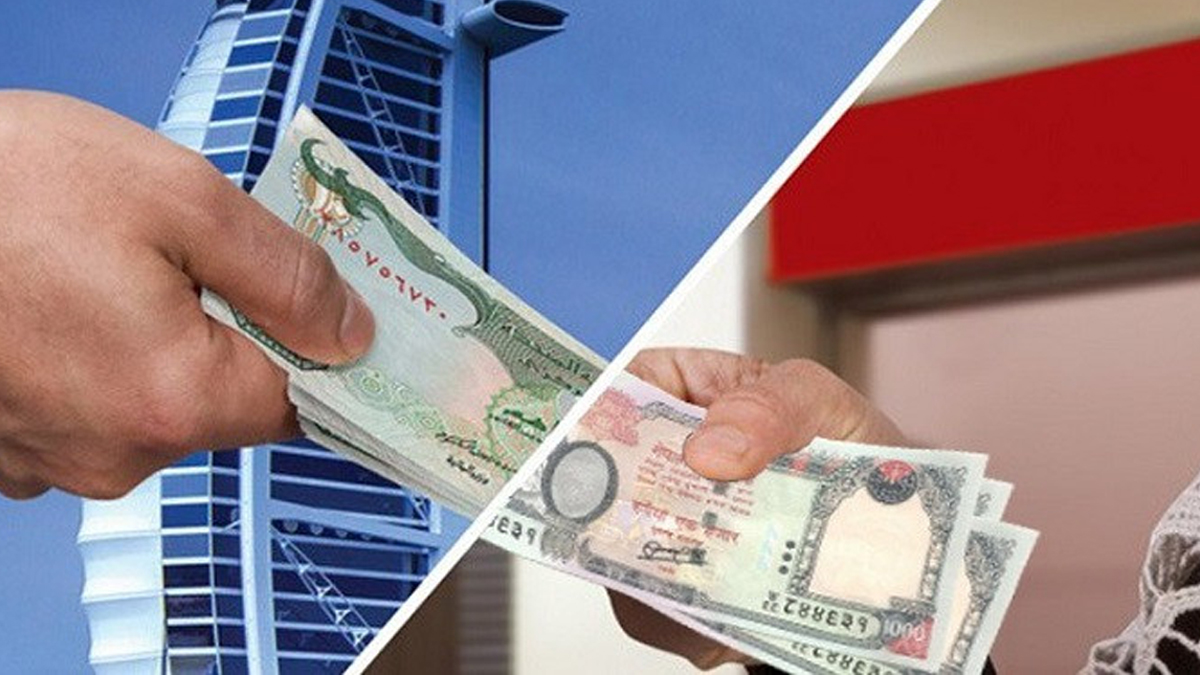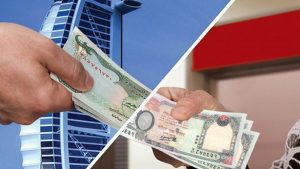
Nepal’s Remittance Inflows Rise to Rs 407.31 Billion in First Quarter of FY 2024/25
Nepal received remittance inflows totaling Rs 407.31 billion during the first three months of the current fiscal year, marking an 11.5% increase compared to the same period last year, according to the Current Macroeconomic and Financial Situation of Nepal Report released by Nepal Rastra Bank (NRB). In US dollar terms, the remittance inflow rose to $3.04 billion, up from $2.76 billion in the previous year.
Employment Approvals Decline Slightly
The report also revealed that 110,654 Nepali workers obtained first-time approvals for foreign employment, while 59,939 workers secured renewals. This shows a slight decline from last year’s first-time approvals, which stood at 113,397.
Improved Current Account and BOP Surplus
The government’s current account surplus reached Rs 111.87 billion, a significant increase compared to Rs 59.65 billion during the same period last year. Additionally, the Balance of Payments (BOP) registered a surplus of Rs 184.99 billion, up from Rs 101.66 billion last year.
Foreign exchange reserves also grew, rising 9.4% to Rs 2,232.28 billion by mid-October 2024, compared to Rs 2,041.10 billion in mid-July.
Trade Performance: Decline in Exports and Imports
Nepal’s exports and imports both decreased during the review period. Exports fell 6.1% to Rs 38.38 billion, with declines in key markets such as India (5.3%), China (24.8%), and other countries (6.6%). Export categories such as soybean oil, tea, particle boards, and oil cakes saw growth, while zinc sheets, palm oil, cardamom, juice, and ready-made garments experienced declines.
Imports dropped 4.2% to Rs 390.75 billion, driven by lower imports from India (3.9%), China (1.5%), and other countries (7.9%). Consequently, the trade deficit shrank by 4% to Rs 352.37 billion, improving from the previous year’s 2.1% increase. The export-import ratio slightly declined to 9.8%, compared to 10% last year.
Inflation Slows
Consumer prices rose by 4.82% year-on-year in mid-October, a sharp drop from the 7.5% inflation recorded a year earlier. Food and beverage inflation stood at 7.18%, while non-food and service inflation was 3.49%.
Within the food and beverage category:
- Prices of vegetables surged 25.15%, pulses and legumes rose 10%, and cereal grains increased 9.57%.
- Prices for ghee and oil climbed 4.98%, while meat and fish prices dropped 1.18%.
The NRB’s report highlights both positive economic indicators, such as a rising current account surplus and remittance inflows, and challenges like reduced exports and sustained trade deficits. These trends will be crucial as the nation navigates its economic trajectory for the fiscal year.
- Medical Entrepreneur Durga Prasain Faces Charges of Forgery and Defamation in Cybercrime Case
- Nepali Diplomats and Officers Participate in Special Training Programme in India
- Chinese Public Opinion on Nepal’s Loan Grant Proposal Sparks Debate Amid Corruption Investigation
- Chinese and Bangladeshi Nationals Illegally Acquiring Nepali Citizenship Raises Security Concerns













Comments